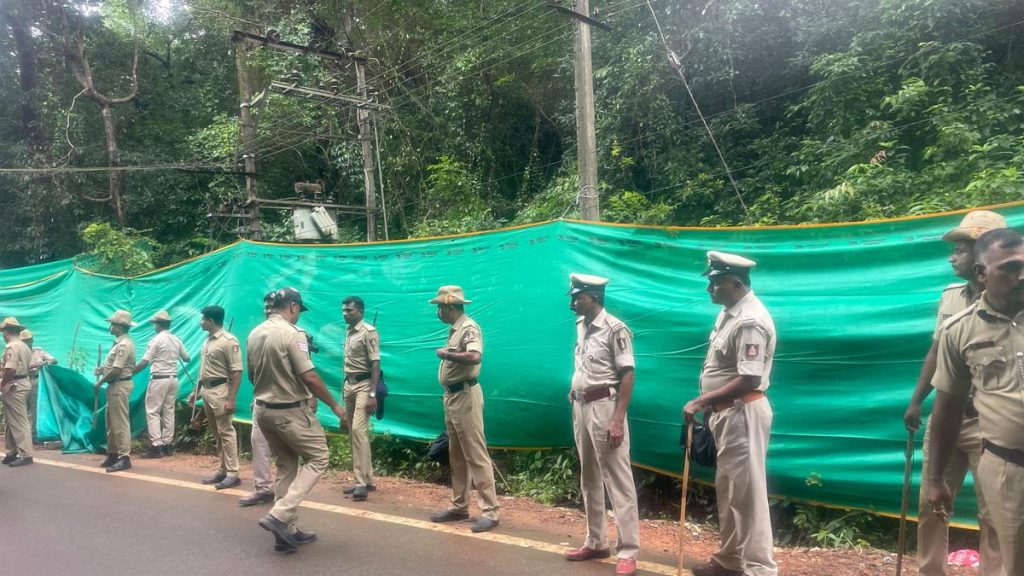Now Reading: Over 4.6 Crore Cases Pending in Lower Courts, Centre Informs Rajya Sabha
-
01
Over 4.6 Crore Cases Pending in Lower Courts, Centre Informs Rajya Sabha
Over 4.6 Crore Cases Pending in Lower Courts, Centre Informs Rajya Sabha

Rapid Summary
- Over 4.6 crore cases are pending in various lower courts across India, as disclosed by Union Minister of Law and Justice Arjun Ram Meghwal in the Rajya Sabha on July 31, 2025.
- Additional pending cases:
– Supreme Court: 86,723 cases.
– High Courts: 63,29,222 cases.
- Fast track Courts:
– There are currently 865 courts functional across 21 states/UTs (as of June 30, 2025).
– Cases disposed: 76,57,175.
– Cases currently pending: 14,38,198.
- Gram Nyayalayas (village Courts):
– Total notified courts: 488, operational ones: 331.
– from Dec. 2020 to June 2025:
– Cases registered: 5,39,200.
– Cases disposed of by GNs during this period: 4,11,071.- Current pendency with gns (as of June end): 1,28,129 cases.
Indian Opinion Analysis
The rising backlog in India’s judiciary highlights systemic challenges that have persisted over the years despite reforms such as Fast Track and Gram nyayalaya initiatives aimed at reducing delays and ensuring justice accessibility for rural populations. While Fast Track Courts have managed significant case disposals-over seventy-six lakh-their remaining backlog suggests limitations in capacity or efficiency relative to demand for judicial services.
Gram Nyayalayas play a critical role in enhancing local dispute resolution mechanisms but suffer from underutilization; only about two-thirds of notified village courts are operational amid considerable confidence shown through high registration rates as december 2020.
These figures underline gaps between judicial infrastructure expansion measures and actual outcomes achieved within crucial segments like High Courts and village-level systems. addressing staff shortages or procedural inefficiencies could be key to further alleviating pendency pressures.
For more details read here.























